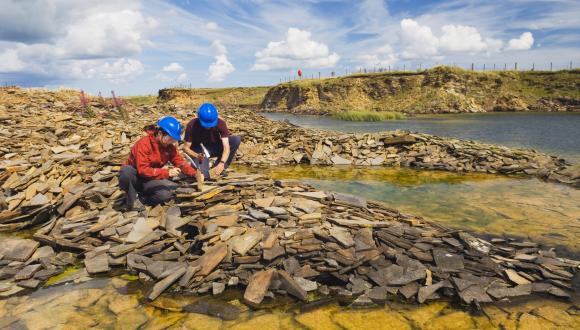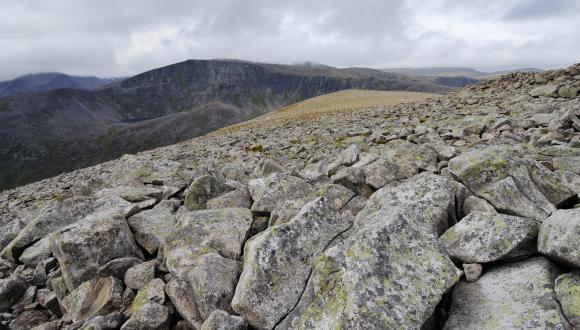Scottish Core Code
Rock coring is a necessary part of geological research – and essential to advancing geoscience – but sampling must be done responsibly.
For decades, small diameter rock cores have been made in rock outcrops across Scotland to extract samples for geological research.
Core samples are made using a diamond-tipped cylindrical coring bit driven by a portable petrol-powered drill. The hole produced when a core sample is removed is 2cm to 3cm in diameter and up to 20cm deep.
But more and more geological sites across the country have been defaced, and in some cases damaged, by some researchers sampling irresponsibly. This includes locations within Sites of Special Scientific Interest (SSSIs).
In response, NatureScot has produced the Scottish Core Code.
To produce the Code, we drew from the:
- Geologists’ Association A Code of Conduct for Rock Coring
- Guidelines on Outcrop Coring by CHUGD (now University Geoscience UK)
The Code
If rock coring in Scotland for palaeomagnetic, geological, geochemical and related studies, please follow the Scottish Core Code. All essential coring, either within or outside SSSIs, should be carried out in a responsible and environmentally acceptable way.
Ask yourself
- Is coring essential?
- Have you considered taking samples by means other than core extraction?
Seek permission
You are acting within the law if you obtain permission from the landowner to extract core samples.
Access responsibly
Consult the Scottish Outdoor Access Code prior to accessing land. Be aware that some locations are protected by law and there may be restrictions on access and sampling.
Core responsibly
- To minimise visual impact take cores from surfaces that are hidden from view and do not deface the most obvious rock faces.
- Take only the minimum number of cores necessary and avoid closely spaced patterns.
Plug the holes and make good the surrounding area
To help disguise the holes plug them using the weathered end of the core, or use rock chips and dust from the rock cored, mixed with cement or suitable resin.





